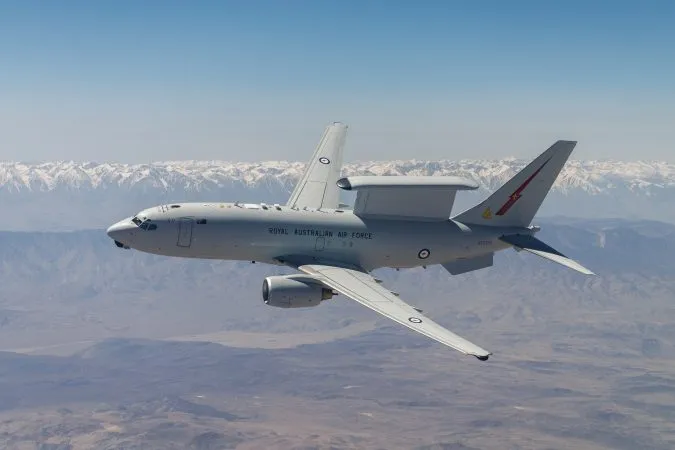
Airborne vs. Space-Based Surveillance: The Future of Target Tracking in Flux
The U.S. military is at a crucial crossroads in how it tracks moving targets, sparking debate about the optimal balance between airborne and space-based systems. The current Boeing E-3A Sentry Airborne Warning and Control System (AWACS) is aging, prompting the Department of Defense to explore shifting the Air Moving Target Indicator (AMTI) mission to space. However, the planned replacement, the Boeing E-7A Wedgetail, now faces potential cancellation, igniting a fierce discussion about capabilities and cost-effectiveness.
Gen. Gregory Guillot, commander of U.S. Northern Command and NORAD, revealed on May 13th that "a number of prototype systems" are already "on orbit now" for space-based AMTI. This confirms the seriousness with which the Pentagon is pursuing space-based solutions. This shift aligns with congressional directives in the fiscal 2025 National Defense Authorization Act, tasking the Air Force to move ground and air MTI missions to spacecraft, aiming for an initial operational capability by the early 2030s.

Despite the allure of space-based systems, Air Force Chief of Staff Gen. David Allvin emphasized the limitations of relying solely on satellites. During a May 6th hearing, he argued that the E-7 is currently superior in its ability to "sense, make sense and act," highlighting the need for more than just surveillance. He argued that it can fulfill the same functions of the E-3 but with “greater capability.”
The fate of the Air Force's planned acquisition of 26 E-7 Wedgetail aircraft is now uncertain, with reports suggesting the Trump administration is considering cutting the program. Proponents of this cut argue that space-based assets can adequately perform the mission. The Air Force, however, maintains that the E-7 is essential. House Appropriations Committee Chairman Rep. Tom Cole voiced his support for the Air Force's assessment, stating, "Nobody tells me we’re ready to transfer this capability into space. Eventually, we get it in space, we think, but you’ve got to worry about the here and now."
Adding fuel to the fire, Lt. Gen. Shawn Bratton, deputy chief of space operations for strategy, plans, programs and requirements, suggested that early indicators support a mixed architecture of both space and air assets. Former Air Force Secretary Frank Kendall also pointed out the technical challenges associated with fully transitioning to space-based MTI, including power requirements and the ability to penetrate cloud cover. He stressed the urgency of fielding the E-7 to avoid a capability gap.
The debate revolves around the effectiveness of a seabead-to-space approach to defending against incoming threats, including enemy submarines, long-range weapons and so on. While satellites offer the advantage of being able to see targets in contested spaces, they are not perfectly optimized for the full spectrum of operations, says Chief of Space Operations Gen. B. Chance Saltzman.
The question remains: can space-based systems truly replace the capabilities of airborne platforms like the E-7 Wedgetail in the near future? Or is a layered approach, combining the strengths of both, the most effective path forward? This decision will have significant implications for the future of U.S. military surveillance and national security.
What are your thoughts on the future of target tracking? Share your opinion in the comments below!